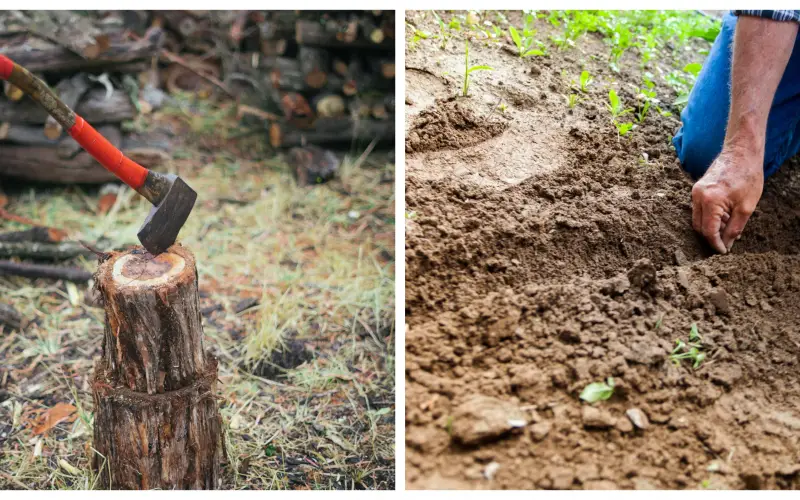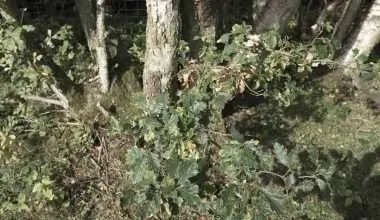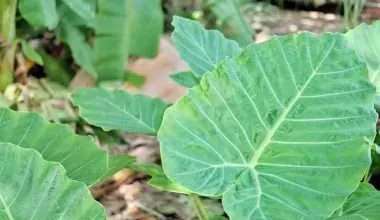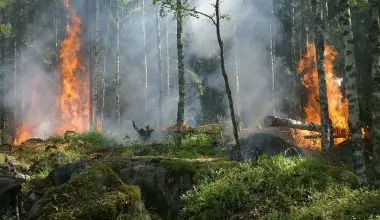Table of Contents Show
Afforestation, Reforestation, and Deforestation are terms that are frequently used when it comes to discussing global warming and climate change. Sometimes, people find these terms similar and may mistakenly use them interchangeably. We are going to try to clarify these terms and also help you to differentiate them from each other.
A few Definitions first…
What is Deforestation?
Deforestation is chopping down of trees or clearing of natural forests. Deforestation is usually carried out to fulfill human needs; to make way for housing projects or to carry out agriculture.
We constantly require forest products; this makes it difficult for the forests to replenish its resources in a limited time, leading to a decline in size of these forests. Deforestation has massively increased due to the mass urbanization and industrialization of the planet in the last few decades.
What is Afforestation?
Afforestation is the process of planting trees and plants in barren lands devoid of any trees previously. Afforestation is practiced to compensate for loss of trees due to deforestation being carried out around our planet.
The objective of afforestation is to provide an alternative source for consumers who demand various forests products such as timber. This way, our natural forests are preserved and become more sustainable and protected from extinction.
What is Reforetation?
Reforestation is planting of trees in regions where trees have been planted before. These trees could be in the form of natural forests, cleared due to deforestation. Reforestation aims to replenish the ‘tree’ resource of those natural forests.
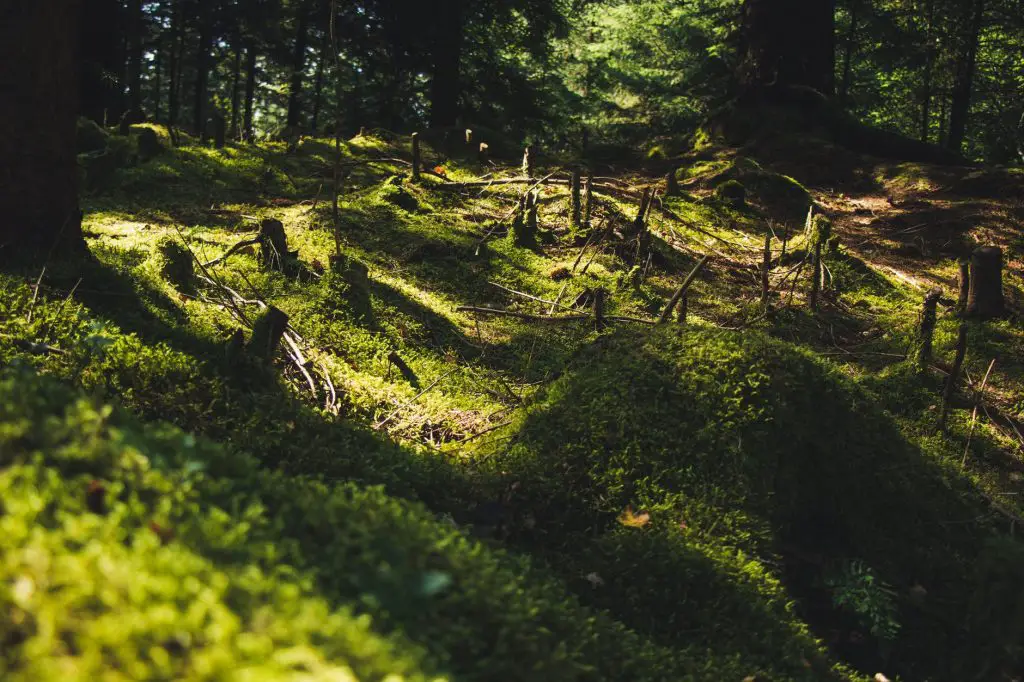
Differences between Afforestation and Deforestation
Let me table the differences between Afforestation and Deforestation to make it easy for you. These differences have been discussed in detail below the table.
| Deforestation | Afforestation |
| Trees in forests are cut down | Trees planted on barren lands |
| Promotes Global Warming and Climate Change | Reverses Global Warming and Climate Change |
| Reduces Forest Carbon Reserves | Increases Carbon Reserves |
| Habitat Loss and Destruction | Habitat Creation |
| Wildlife Endangerment and Extinction | Wildlife Protection and Conservation |
Carbon Reserves-Global Warming
Due to the massive cutting down of trees (deforestation), our planet is facing more and more threats of global warming. This is because forests act as carbon reserves of our planet reducing the amount of carbon dioxide in the atmosphere and limiting the greenhouse effect which causes global warming.
To reduce the impact being caused by deforestation, afforestation helps to minimize climate change and global warming by providing trees and plants which can store carbon reducing the carbon emissions of our planet and slowing down global warming in the process.
Habitat Loss and Destruction-Endangerment.
Wildlife becomes severely affected due to deforestation. The species living in forests become devoid of their natural habitat and shelter grounds, they are unable to find sufficient food for their survival. Migration becomes the only option for those who can do it, while most die because of starvation and may be eaten by predators higher up the chain. This chain of events is what can and has made several species of animals, birds, and plants endangered and even extinct.
Afforestation, on the other hand, provides these species with a habitat similar to their own so that they may live there, find shelter and food, and reproduce to further progress their kind. This has saved many species from extinction and endangerment.
Afforestation is the complete opposite of deforestation. It helps to compensate for the issues and threats faced due to deforestation. Such actions of Afforestation have been a barrier against threats such as climate change.
Afforestation vs. Reforestation
Afforestation is defined as planting of trees and plants in regions devoid of any tree cover previously whereas Reforestation involves planting trees in areas where there have been trees before but were cut down to deforestation. That is honestly, the only major difference between the two!
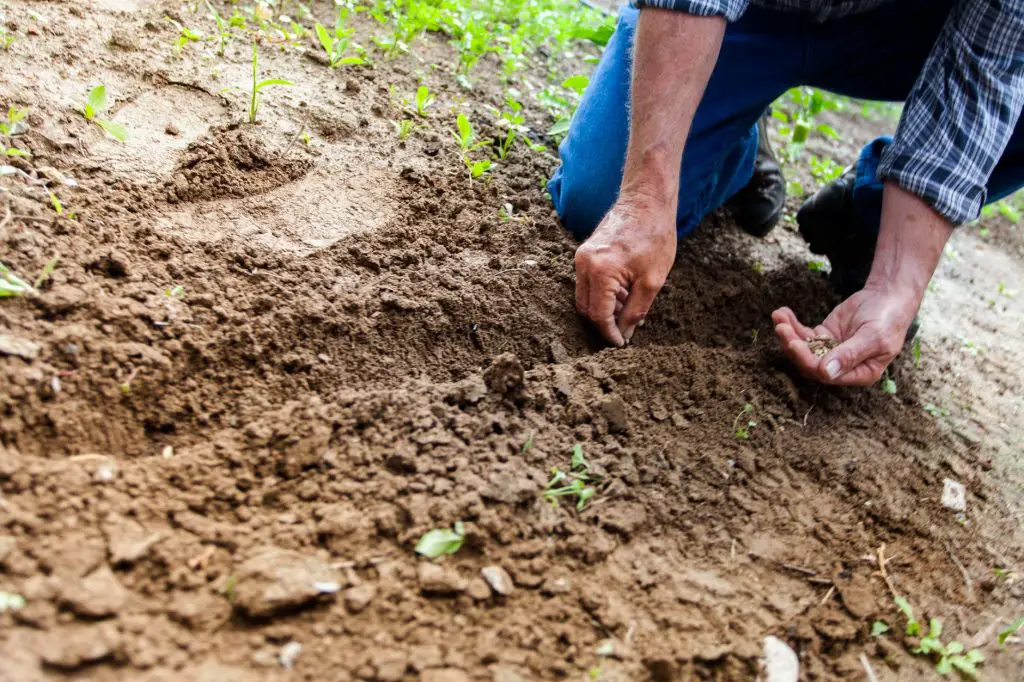
Both afforestation and reforestation have similar objectives, which are to plant trees and to compensate for the loss of carbon sinks (trees) that occurred due to deforestation.
However, the locations in which afforestation and reforestation occurs are completely different. Afforestation occurs in arid lands or grasslands which have never had tree cover or forests before. Such lands are then converted into forests by planting trees on a large scale. Reforestation is the planting of new trees in forests or lands which at one time had a vast number of trees. Basically, reforestation aims to increase ‘tree’ resources in forests.
Few Advantages of Afforestation and Reforestation
- Both of these aim to fulfill high demand of consumer forest products such as honey, rubber, timber and softwood.
- Carbon emissions are reducing due to afforestation and reforestation as new plants and trees act as carbon sinks and reduce greenhouse gases in the environment, thereby, reducing the impact of global warming and climate change.
- The climate in these regions gets regulated and more rainfall occurs to provide drinking water for animals and also for the growth of plants. It basically regulates the water cycle.
- Wildlife is once again invigorated due to the formation of forests. New species may come and previously migrated species may also come back to their habitats. Planting trees provides shelter and habitats for many species; protecting and conserving them from endangerment.
- Employment is provided to labor skilled in processing of forest products produced from these new forests. This allows the workers to support their family and live a better life. This boosts the local economy. However, the timber and cottage industry have reaped the most benefits from these methods.
The only major drawback of afforestation and reforestation is a loss of species biodiversity within the region. Trees that were once present in areas before deforestation were hundreds of years old and of a different indigenous species as compared to the one that may be planted during reforestation.
Therefore, it becomes very essential to plant different species to protect and conserve biodiversity within the region.
Reforestation vs. Deforestation
As we have discussed about deforestation and reforestation already, we will try to keep this section of the article very simple and concise.
Reforestation aims to grow new trees on lands in which there were already massive trees present (like a natural forest), but were chopped down due to industrialization and urbanization. It’s like improving the forest reserve of trees.
Reforestation minimizes the consequences caused by deforestation such as climate change or global warming and provides a safe and healthy ecosystem as well as habitat for wildlife which was significantly harmed due to deforestation.
Conclusion
The effects of unsustainable deforestation over centuries has revealed its effects in forms of climate change and global warming. Even today, it is possible for us to tackle these issues through solutions like Afforestation and Reforestation. EnvironmentBuddy has already used the principles of Reforestation and Afforestation to plant 400,000 trees around the world. Help us reach a goal of planting at least 2 million trees by the end of 2021!
